Every once in a while, a piece of news slips through the cracks and makes you pause, smile, and think, “Now that’s worth sharing.” Here’s one: Alaska’s youngest students—kindergarten through third grade—made big strides in reading last year. At the start of the 2024–25 school year, only 44% were reading at benchmark level. By spring, 60% had crossed that mark. That’s a sixteen-point jump in less than nine months. If you’ve ever tried to help a six-year-old sound out words, you know this is no small victory.
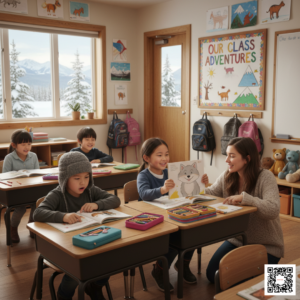 The biggest gains came from kindergarteners. How about this: those tiny hands gripping oversized pencils and their proud smiles when they conquer words like “dog” or “sun.” For many, this was their first year in a classroom, yet they’ve already shown the greatest improvement. It’s as if the youngest readers decided to lead the way, showing older students and even adults that learning can happen faster than expected when the right support is in place.
The biggest gains came from kindergarteners. How about this: those tiny hands gripping oversized pencils and their proud smiles when they conquer words like “dog” or “sun.” For many, this was their first year in a classroom, yet they’ve already shown the greatest improvement. It’s as if the youngest readers decided to lead the way, showing older students and even adults that learning can happen faster than expected when the right support is in place.
So how did this happen? Alaska didn’t stumble into better reading scores by accident. Three things lined up: new legislation called the Alaska Reads Act, improved teacher training, and early intervention in reading instruction. That combination turned the classroom into a friendlier place for learning letters, sounds, and sentences.
Here’s the fun trivia part. The Alaska Reads Act was signed in 2022, but it took a couple of years to show results. The law provides extra help for students who fall behind in reading and ensures teachers have training focused on literacy. In short, the state gave both students and teachers a stronger toolkit. Imagine giving every camper a map and compass before setting out in Alaska’s backcountry—that’s the kind of preparation this act brings to classrooms.
When it comes to early intervention, think of it like catching a canoe before it drifts too far downstream. The sooner teachers step in, the easier it is for students to paddle back on course. Waiting until later grades often means the current has grown stronger, and the trip back becomes harder. By focusing on kindergarten through third grade, Alaska caught the canoe before the rapids.
Teacher training played a major role, too. Reading instruction isn’t just about handing kids books and hoping for the best. It’s rooted in methods like phonics, fluency practice, and vocabulary building. When teachers learn how to apply these tools with skill and patience, students respond. It’s a bit like having a seasoned fishing guide: the fish don’t always bite, but the odds go way up when someone who knows the waters is steering the boat.
The numbers themselves tell a good story, but they also raise the bigger question: why does early reading matter so much? The answer is simple—reading is the foundation for every other subject. You can’t solve math word problems without reading them. You can’t understand science experiments without directions. And you can’t dive into history’s mysteries without reading the stories of the past. A child who learns to read early opens doors to every other field of learning.
Here’s another fun bit of trivia: research shows children who read well by third grade are far more likely to graduate from high school on time. The ripple effect of Alaska’s progress could last decades. Imagine kindergarteners who just cracked their first books now walking across graduation stages years from now, diplomas in hand.
This isn’t just a win for the students; it’s a win for families and communities. Parents can now see progress in real time when their children bring home books and read them aloud. Libraries may feel a little more crowded on Saturdays. Bedtime stories may stretch a little longer. And who knows? Some of these readers may grow into future authors, filling shelves with titles like The Call of the Wild or Julie of the Wolves.
In a world where headlines often focus on struggles, it feels good to share a story about children rising higher than expected. The numbers may be percentages on paper, but behind every digit is a child who now sees words with a little more confidence and a lot more joy.
The next time you pick up a book, think of those young Alaskans sounding out their first words, proud as can be. Reading is still the great adventure, and these kids just proved it.
Stories like these remind us how words shape lives—how they can steady us, stir us, and spark change. The Power of Authors, by Evan and Lois Swensen, carries this conviction to its core. It isn’t a manual on writing but a meditation on purpose, showing how every word—whether in a novel, a thank-you note, or a simple message—can echo far beyond its moment. This book invites readers to see authors not only as storytellers but as builders of memory, guardians of truth, and quiet catalysts of change.
It’s available now on Amazon (http://bit.ly/3K6o8AM), at Barnes and Noble, and everywhere good books are sold.



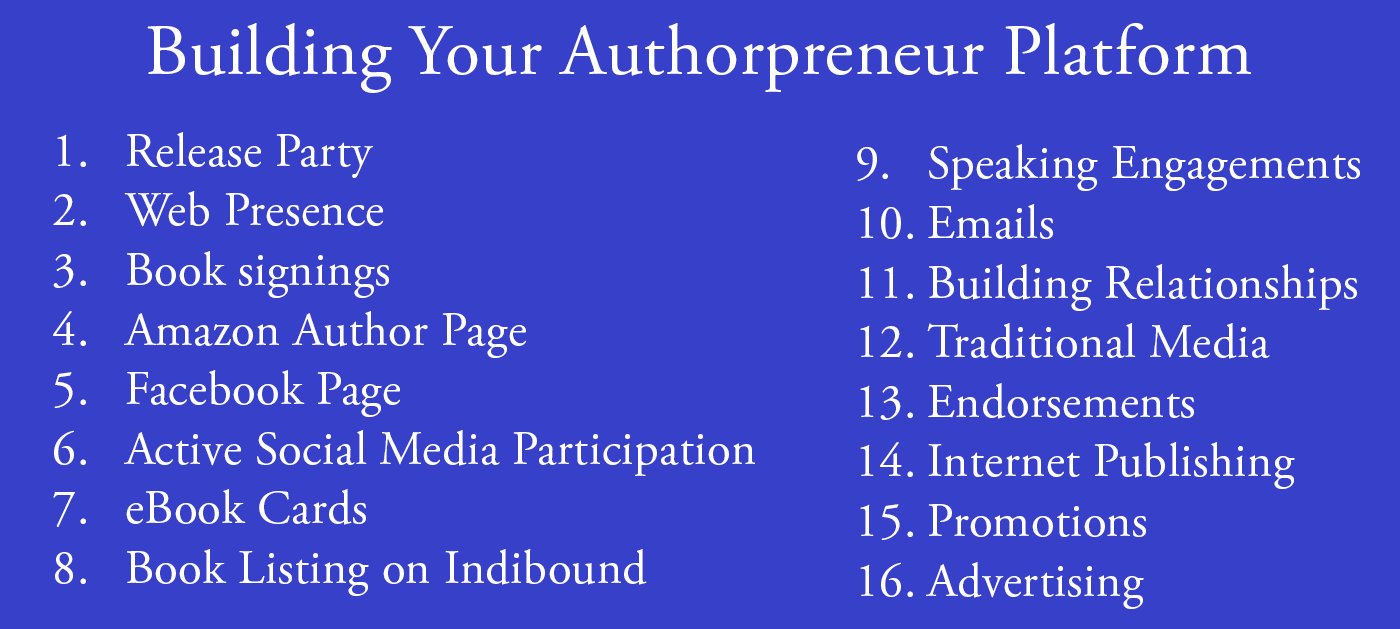
 This is Publication Consultants’ motivation for constantly striving to assist authors sell and market their books. Author Campaign Method (ACM) of sales and marketing is Publication Consultants’ plan to accomplish this so that our authors’ books have a reasonable opportunity for success. We know the difference between motion and direction. ACM is direction! ACM is the process for authorpreneurs who are serious about bringing their books to market. ACM is a boon for them.
This is Publication Consultants’ motivation for constantly striving to assist authors sell and market their books. Author Campaign Method (ACM) of sales and marketing is Publication Consultants’ plan to accomplish this so that our authors’ books have a reasonable opportunity for success. We know the difference between motion and direction. ACM is direction! ACM is the process for authorpreneurs who are serious about bringing their books to market. ACM is a boon for them. Release Party
Release Party Web Presence
Web Presence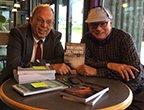 Book Signings
Book Signings Facebook Profile and Facebook Page
Facebook Profile and Facebook Page Active Social Media Participation
Active Social Media Participation Ebook Cards
Ebook Cards The Great Alaska Book Fair: October 8, 2016
The Great Alaska Book Fair: October 8, 2016

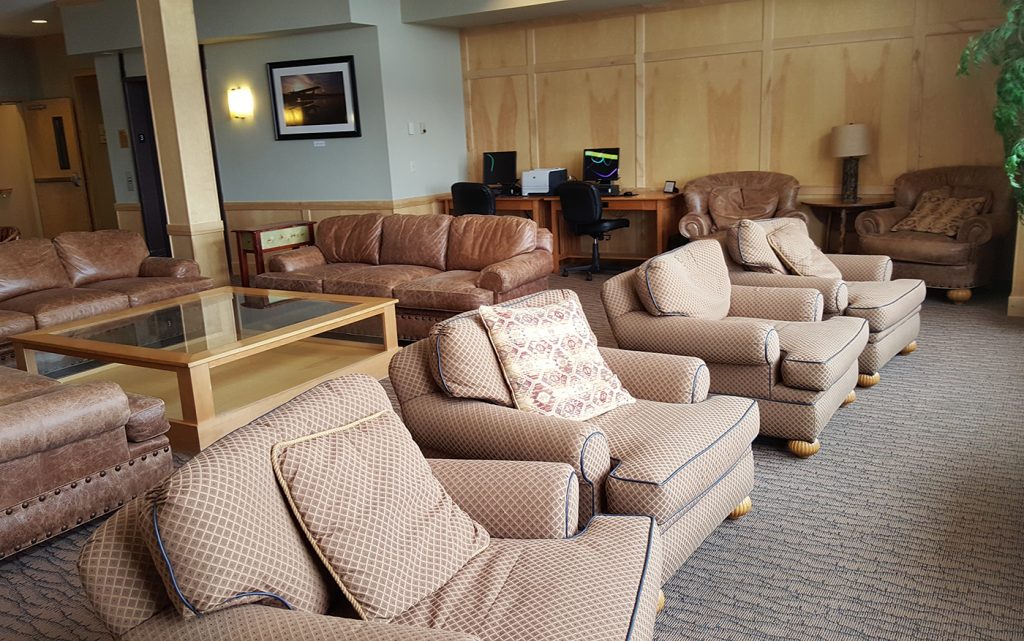
 Costco Book Signings
Costco Book Signings eBook Cards
eBook Cards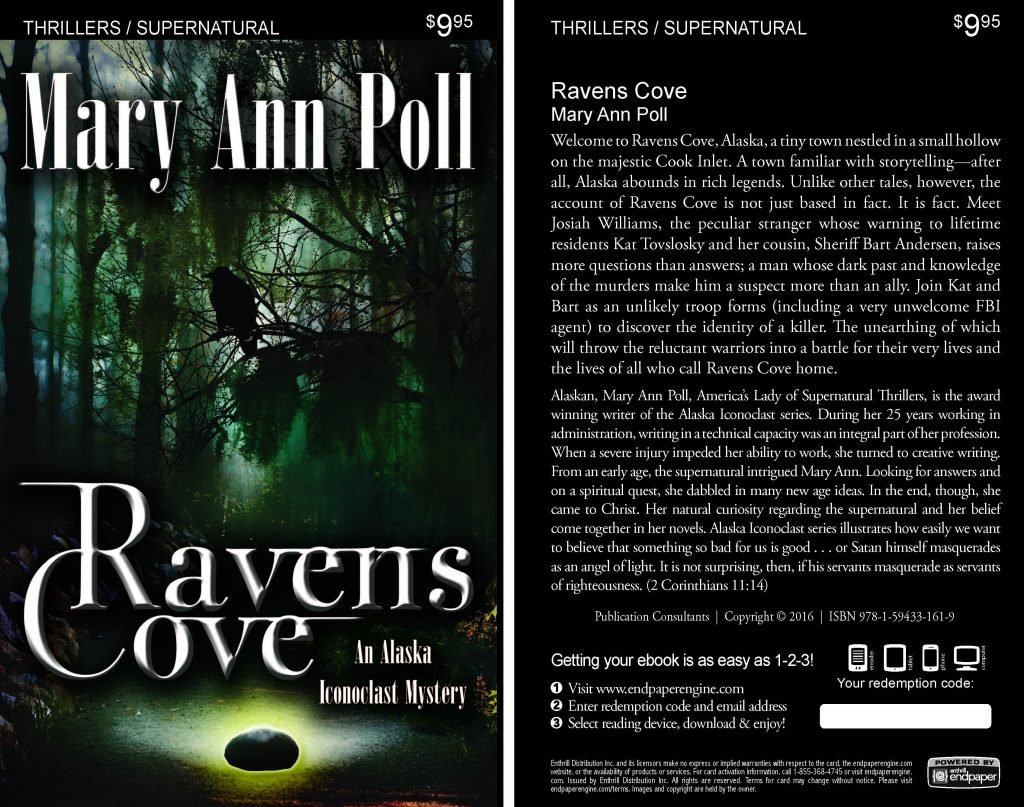

 Benjamin Franklin Award
Benjamin Franklin Award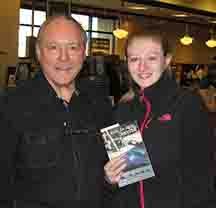 Jim Misko Book Signing at Barnes and Noble
Jim Misko Book Signing at Barnes and Noble
 Cortex is for serious authors and will probably not be of interest to hobbyists. We recorded our Cortex training and information meeting. If you’re a serious author, and did not attend the meeting, and would like to review the training information, kindly let us know. Authors are required to have a Facebook author page to use Cortex.
Cortex is for serious authors and will probably not be of interest to hobbyists. We recorded our Cortex training and information meeting. If you’re a serious author, and did not attend the meeting, and would like to review the training information, kindly let us know. Authors are required to have a Facebook author page to use Cortex. Correction:
Correction: This is Publication Consultants’ motivation for constantly striving to assist authors sell and market their books. ACM is Publication Consultants’ plan to accomplish this so that our authors’ books have a reasonable opportunity for success. We know the difference between motion and direction. ACM is direction! ACM is the process for authors who are serious about bringing their books to market. ACM is a boon for serious authors, but a burden for hobbyist. We don’t recommend ACM for hobbyists.
This is Publication Consultants’ motivation for constantly striving to assist authors sell and market their books. ACM is Publication Consultants’ plan to accomplish this so that our authors’ books have a reasonable opportunity for success. We know the difference between motion and direction. ACM is direction! ACM is the process for authors who are serious about bringing their books to market. ACM is a boon for serious authors, but a burden for hobbyist. We don’t recommend ACM for hobbyists.

 We’re the only publisher we know of that provides authors with book signing opportunities. Book signing are appropriate for hobbyist and essential for serious authors. To schedule a book signing kindly go to our website, <
We’re the only publisher we know of that provides authors with book signing opportunities. Book signing are appropriate for hobbyist and essential for serious authors. To schedule a book signing kindly go to our website, < We hear authors complain about all the personal stuff on Facebook. Most of these complaints are because the author doesn’t understand the difference difference between a Facebook profile and a Facebook page. Simply put, a profile is for personal things for friends and family; a page is for business. If your book is just a hobby, then it’s fine to have only a Facebook profile and make your posts for friends and family; however, if you’re serious about your writing, and it’s a business with you, or you want it to be business, then you need a Facebook page as an author. It’s simple to tell if it’s a page or a profile. A profile shows how many friends and a page shows how many likes. Here’s a link <> to a straight forward description on how to set up your author Facebook page.
We hear authors complain about all the personal stuff on Facebook. Most of these complaints are because the author doesn’t understand the difference difference between a Facebook profile and a Facebook page. Simply put, a profile is for personal things for friends and family; a page is for business. If your book is just a hobby, then it’s fine to have only a Facebook profile and make your posts for friends and family; however, if you’re serious about your writing, and it’s a business with you, or you want it to be business, then you need a Facebook page as an author. It’s simple to tell if it’s a page or a profile. A profile shows how many friends and a page shows how many likes. Here’s a link <> to a straight forward description on how to set up your author Facebook page.



 Mosquito Books has a new location in the Anchorage international airport and is available for signings with 21 days notice. Jim Misko had a signing there yesterday. His signing report included these words, “Had the best day ever at the airport . . ..”
Mosquito Books has a new location in the Anchorage international airport and is available for signings with 21 days notice. Jim Misko had a signing there yesterday. His signing report included these words, “Had the best day ever at the airport . . ..”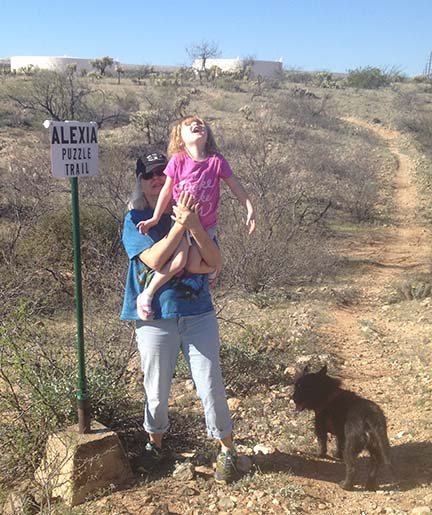


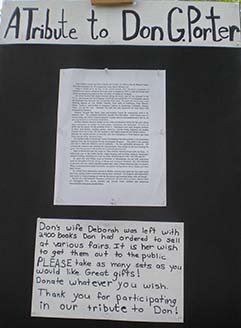
 The Lyin Kings: The Wannabe World Leaders
The Lyin Kings: The Wannabe World Leaders
 Time and Tide
Time and Tide


 ReadAlaska 2014
ReadAlaska 2014 Readerlink and Book Signings
Readerlink and Book Signings
 2014 Independent Publisher Book Awards Results
2014 Independent Publisher Book Awards Results
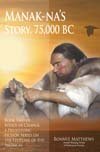
 Bonnye Matthews Radio Interview
Bonnye Matthews Radio Interview
 Rick Mystrom Radio Interview
Rick Mystrom Radio Interview When he published those overseas blogs as the book The Innocents Abroad, it would become a hit. But you couldn’t find it in bookstores.
When he published those overseas blogs as the book The Innocents Abroad, it would become a hit. But you couldn’t find it in bookstores.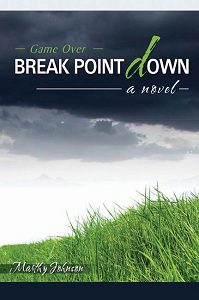 More NetGalley
More NetGalley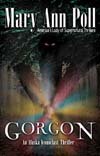 Mary Ann Poll
Mary Ann Poll
 Bumppo
Bumppo
 Computer Spell Checkers
Computer Spell Checkers Seven Things I Learned From a Foreign Email
Seven Things I Learned From a Foreign Email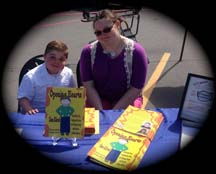 2014 Spirit of Youth Awards
2014 Spirit of Youth Awards Book Signings
Book Signings
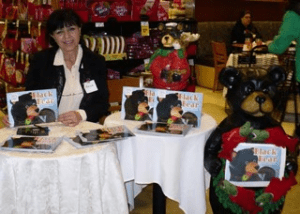
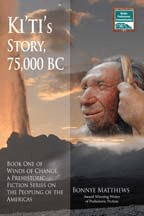
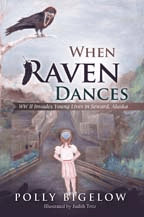 Blog Talk Radio
Blog Talk Radio Publication Consultants Blog
Publication Consultants Blog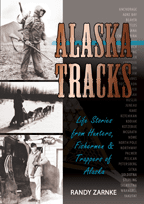 Book Signings
Book Signings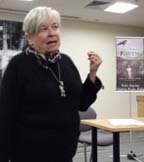



 Don and Lanna Langdok
Don and Lanna Langdok Ron Walden
Ron Walden Book Signings Are Fun
Book Signings Are Fun Release Party Video
Release Party Video
 Erin’s book,
Erin’s book,  Heather’s book,
Heather’s book,  New Books
New Books